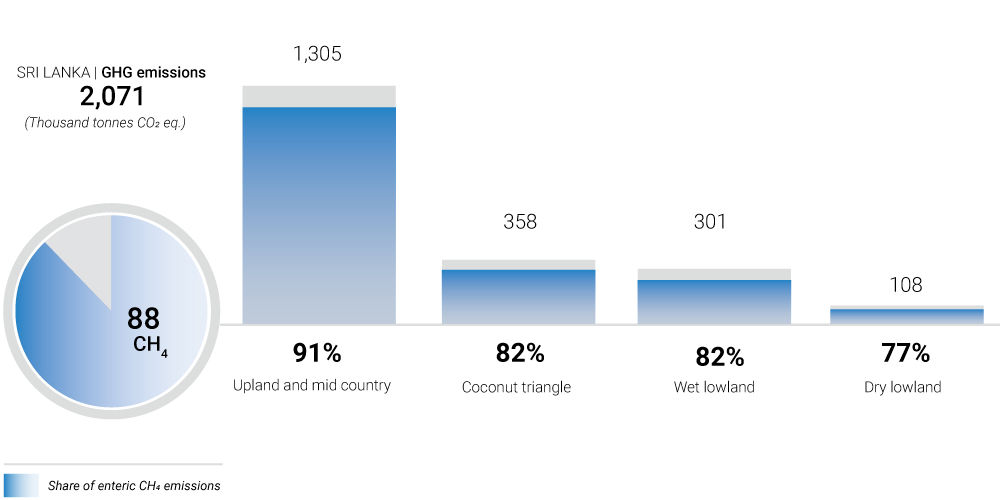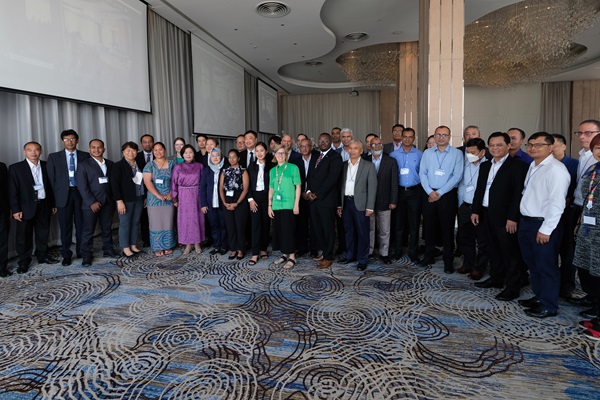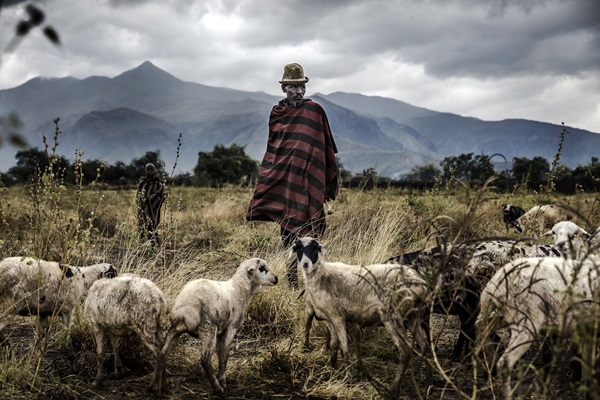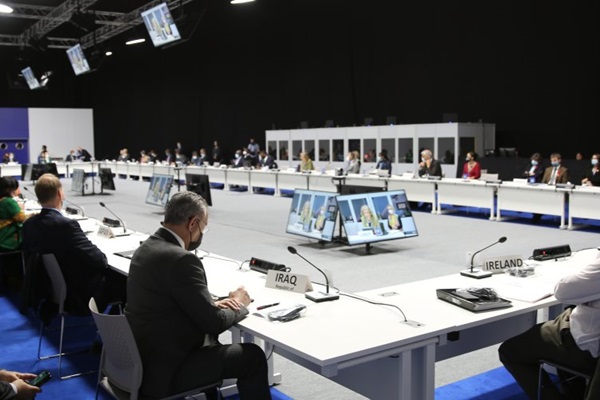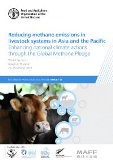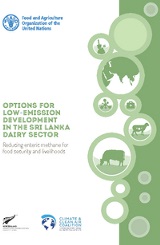 Sri Lanka
Sri Lanka
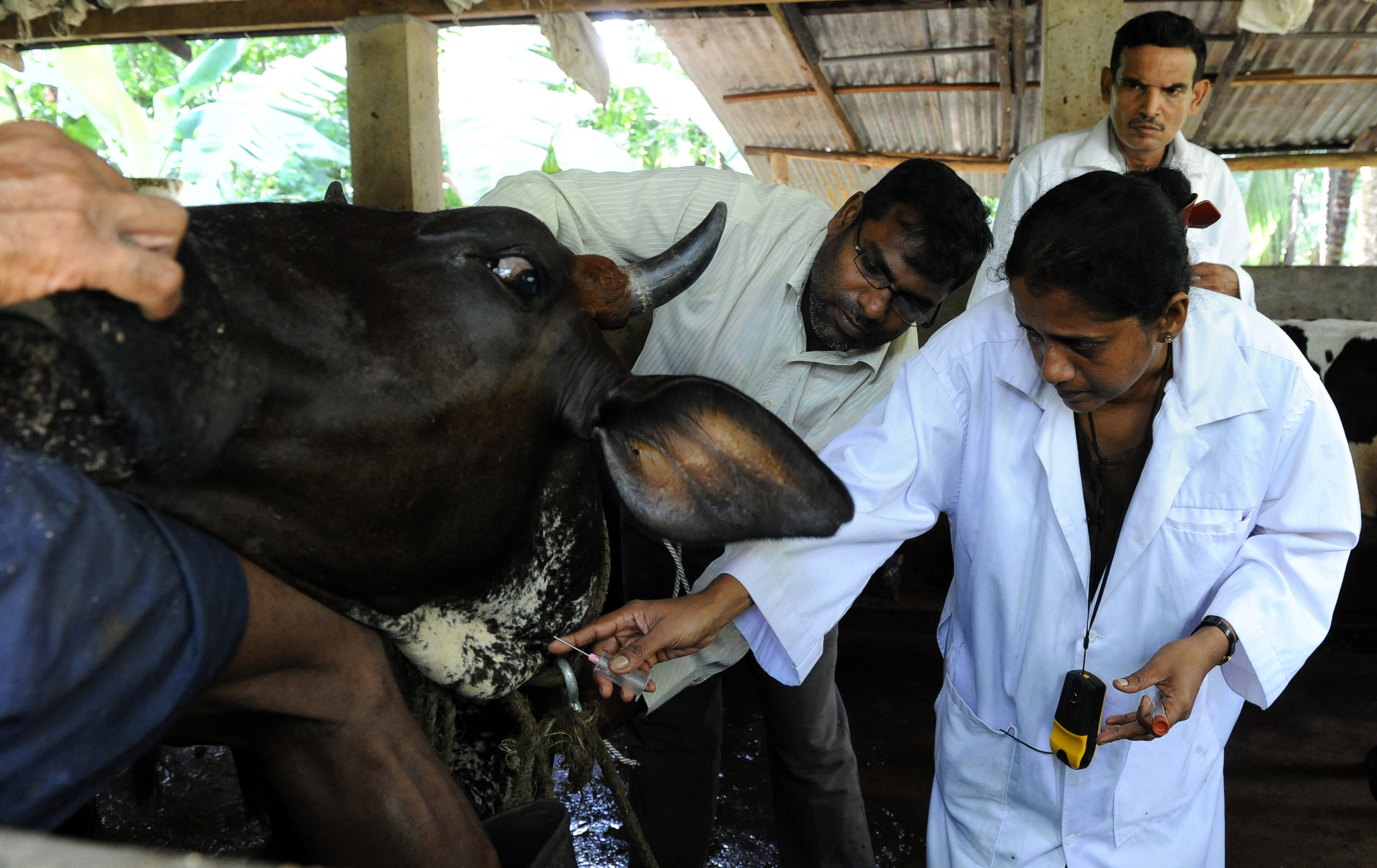
DC_Sri Lanka
- 22.2 million
Human population
- 26.2 million
Livestock population
- 93% Chickens, 4% Cattle and 3% other
Livestock composition
- 9 percent
Agriculture, forestry, and fishing, value added (% of GDP)
Overview
National milk production in Sri Lanka satisfies only up to 30 percent of the demand for dairy products in the country. Productivity is generally low, which results in a shortage of supply of dairy products in the country. As a result, Sri Lanka heavily depends on milk imports, mainly in the form of powdered milk.
Baseline greenhouse gas emissions
The dairy cattle sector in Sri Lanka emitted about 2.3 million tonnes carbon dioxide equivalent (CO2-eq.) of greenhouse gases in 2014. Methane was the predominant greenhouse gas in the livestock sector, contributing to over 93 percent of the total. At the national level, the emission intensity of milk produced was on average 7 kg CO2-eq. per kilograms of fat and protein corrected milk (FPCM).
Mitigation interventions
Interventions to improve the quality and availability of feed resources, strategic feeding and supplementation to address feed seasonality constraints and herd management and animal health can address low productivity in Sri Lanka’s dairy systems. Applying these interventions can reduce enteric methane emission intensity by up to nearly 50 percent and increase milk production by up to 107 percent. Improving feed availability and quality in Sri Lanka can be a key strategy to achieve higher animal productivity, improve food and nutrition security and reduce enteric methane emissions. The cost-benefit analysis showed that the highest returns per dollar invested would be achieved in Sri Lanka’s dry lowlands where production costs are lower compared to the intensive systems.
